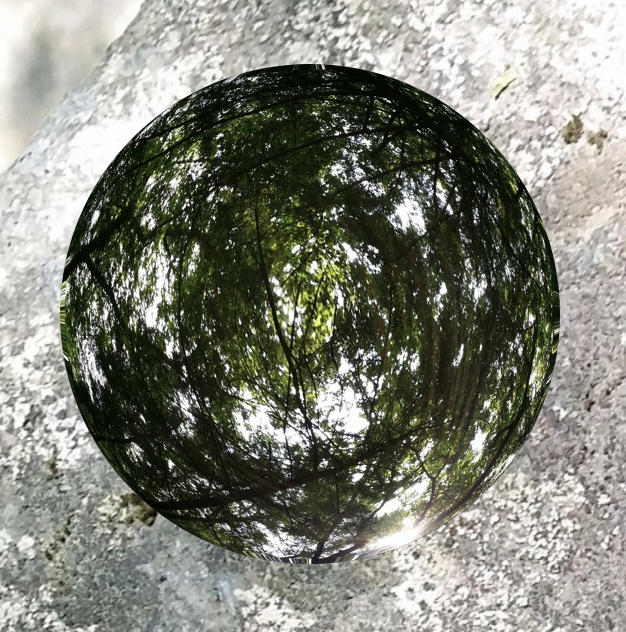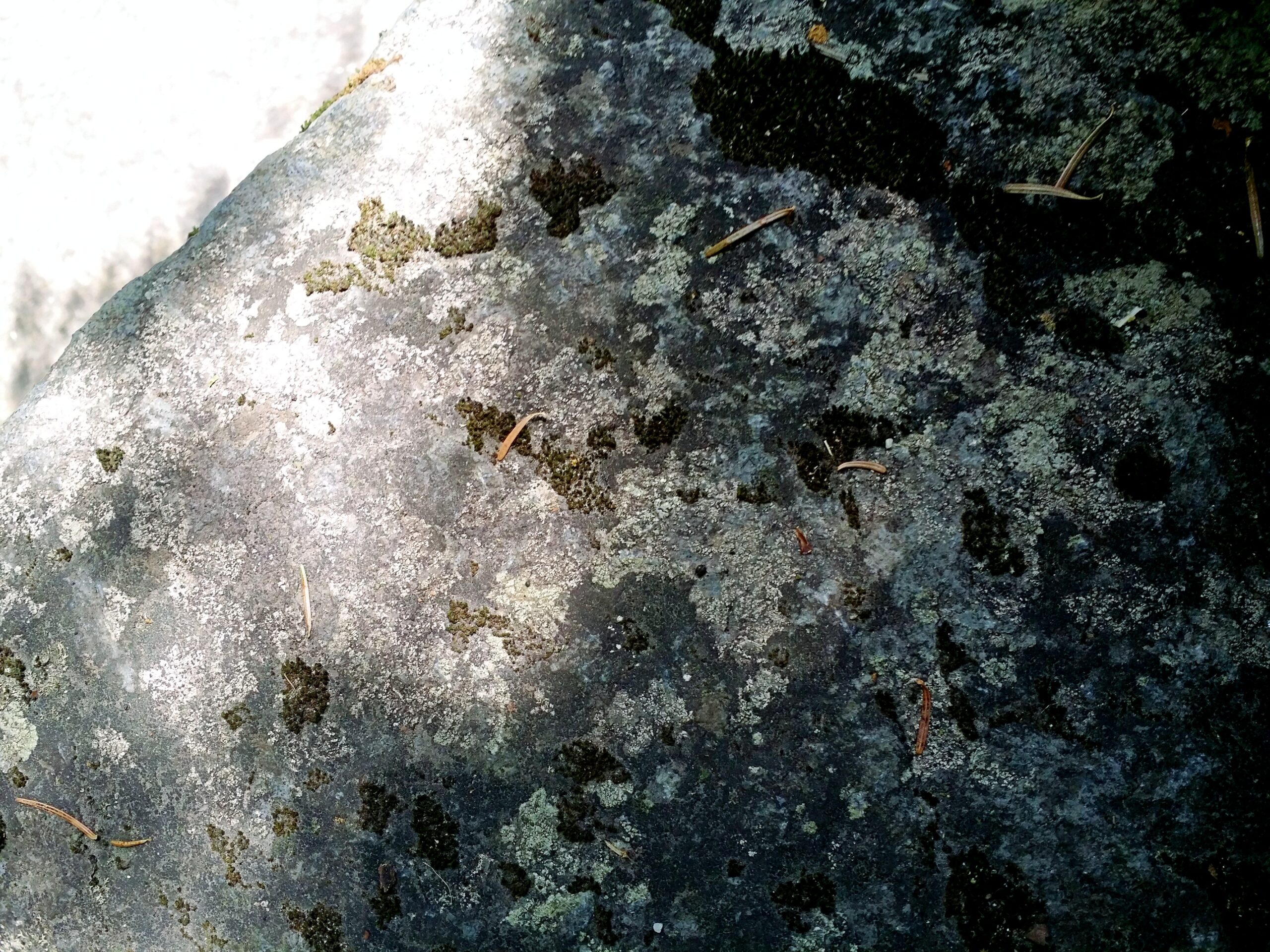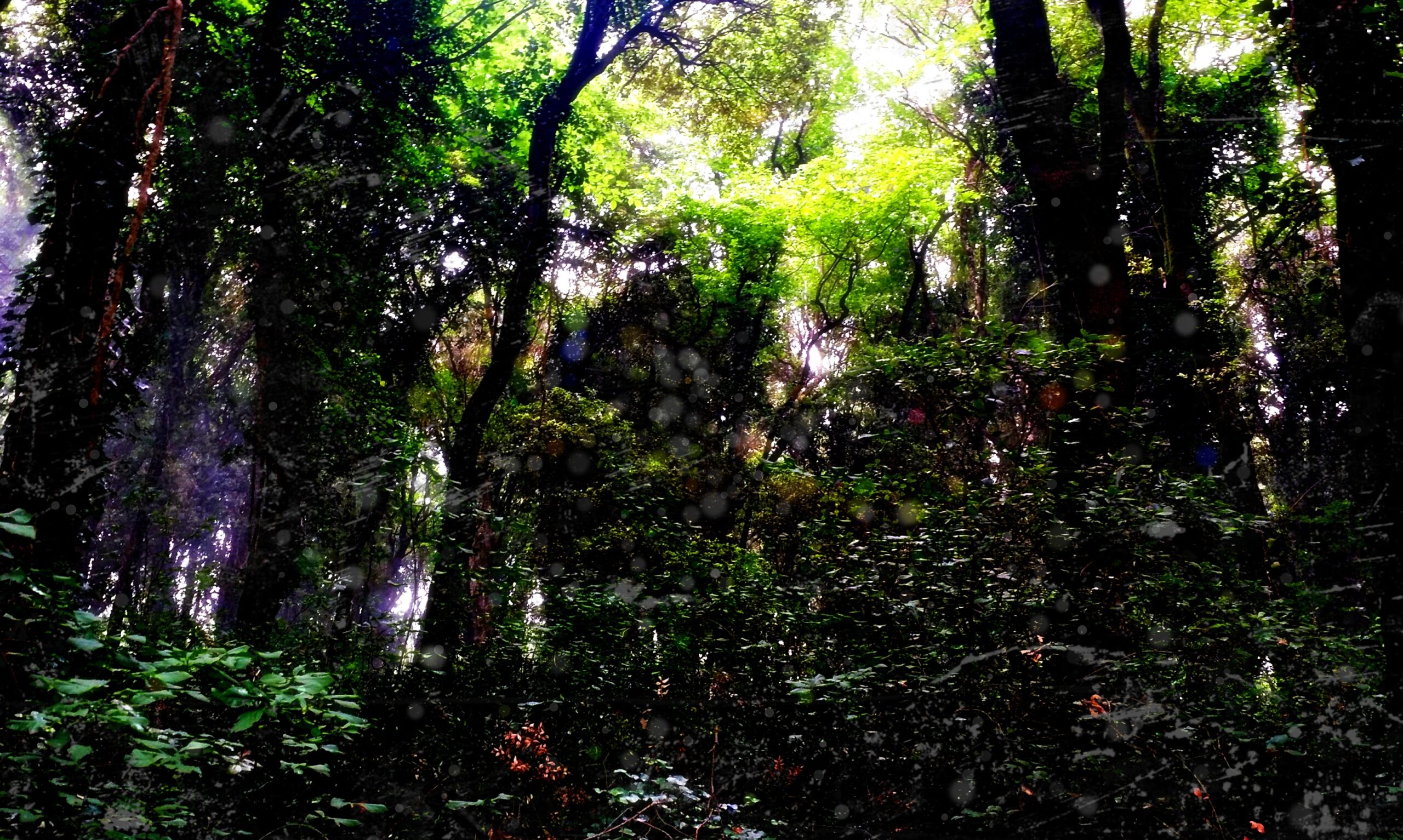
“As Pluto Descends” is the informal title of a trilogy of (mostly) piano recordings I made between 2006 and the mid 2010s (the second and third recordings weren’t released until 2019). More specifically, they were made after I purchased a Yamaha Clavinova in 2006 and began experimenting with the alternative tunings it makes available. The first of these is the most pensive, reflective, and approachable to the casual listener (hopefully not verging too closely on “easy listening”); “Mercury Rises” is a wilder and freer partner to it; and “Distempered Landscapes” takes things into some altogether more otherworldly sonic vistas. All three are available to be listened to and downloaded at Bandcamp, and select pieces are at Soundcloud. Here are the liner notes, originally written in 2006, with specifics on the three albums added later.
AS PLUTO DESCENDS… MERCURY RISES
To a large chunk of rock floating out in deepest space, it probably doesn’t much matter what big-brained bipeds several planets over think of it. (In August, 2006, Pluto was demoted from ‘planet’ status by the International Astronomical Union.) But then why shouldn’t it? Six and a half billion humans just might constitute the largest force of imagination the solar system has ever known (or perhaps since Mars’s demise?). The stars have always exercised a tidal pull on that imagination, an imagination that is responsible for wars, and for radical transformations of our planet’s surface.
God of the Roman Underworld, Pluto was considered to be the ruler of wealth, of the Earth’s mineral riches, and of death. His Greek counterpart, Hades, stole the maiden Persephone and brought her with him to his Underworld abode as his wife for half the year, leaving her mother Demeter in sadness while the Earth languished through the winter months.
If Pluto is descending, we can depend on Mercury, the transformer, communicator, herald of wisdom (Hermes), to remind us that Pluto’s descent is always a descent into glory. His descent is an ascent (as the staircase in the cover photo is a descending one that takes us upward to the Earth outside). (The image is a photograph of a tunnel beneath a hill at Lysa Hora, or Bald Mountain, in the Ukrainian capital of Kyiv. Witches once congregated on the hilltop; today it is environmental activists who congregate, defending the hill from incursions of illegal developers.)
Descending in order to ascend, we humans too have seen better days.
The music on these three recordings was mostly composed, or “comprovised,” in real-time single takes on a Yamaha Clavinova. A small number of the pieces are rhythmically embellished or more complexly layered. The tuning system used on some of these is unusual, thanks to the fact that the Clavinova allows for easy detuning and retuning. Some of these pieces may strike some listeners as ‘out of tune,’ in the same way that non-Western music may sound that way, or in the way that saxophone genius Ornette Coleman’s style in the late 1950s sounded “out of tune” to listeners unaccustomed to such extended note bending, though for Ornette it was a matter of bending the scale to suit the expressive needs of the music.
Why fiddle with the tuning of a piano? The Equal Tempered scale that we have all grown up with, which every piano and many other instruments are tuned to – the division of the octave into twelve equal parts – is a 17th century European invention intended to standardize the musical scale to make it easy for composers to change keys as often as they wished. This allowed for the high degree of harmonic complexity of western classical music, a complexity gained at the expense of the rhythmic and sonorous richness and earthy “groundedness” of other musics – but that’s a topic for another discussion. Until then, that scale existed nowhere in nature. What does exist is a set of natural harmonics, and it is from these that other cultures have tended to develop their scales. Westerners’ ears have been tuned to fit the standard formula, but at the expense of hearing those natural harmonies.
“Just Intonation” is the generic term for tuning systems that try to bring back some of the purity of harmonies found in nature, but which, ironically, sound out of tune to people used to equal temperament. Some of my pieces from 2006 onward are in variations of Just Intonation; a few, like the ones on “Distempered Landscapes,” are more radically altered. The intent with those is to free up our inner tonal coordinates, like acupuncture or Tai Chi does to our bodies. The best way I know to listen to this sort of music is to crank it up and just submit to it, letting the tones resonate and wash through you as if you were earth and they were sunlight, water, clouds, storms, lightning. The initial effect may be decentering, but they will gradually massage your ears (and body and soul) back into shape, or at least break them open a little to that natural state of wonder that they were born with. Or so I hope.
The music on these recordings is dedicated to those who’ve served as my teachers and inspirations: LaMonte Young, Terry Riley, Cecil Taylor, Lubomyr Melnyk, Keith Jarrett, Tanya Tkachenko, Georgii Ivanovich Gurdjieff, David Michael Bunting, and the many masters of Slavic Orthodox choral chant, West African kora, Javanese gamelan, etc, etc.
AS PLUTO DESCENDS

There’s a spaciousness in these recordings that reflects a certain presence of mind. I had lugged an upright piano around with me through a few moves (from Toronto to Wisconsin and then to Vermont) until I finally shed it; I didn’t think it could handle one more move. It took some time for me to find the right replacement, a more mobile one, but also an instrument that allowed for a tonal (or “temperamental”) flexibility I could only have dreamt of earlier. In the summer of 2006 I found the space to actually explore my new Clavinova, settle into it, and learn to love it (which was easy).
A handful of the pieces here, notably the “dusksongs” and a few others, are influenced especially by some of the more reflective music composed by George Ivanovitch Gurdjieff early in the 20th century. “For Keith” is inspired by and dedicated to Keith Jarrett.
MERCURY RISES

“Mercury Rises” is especially influenced by avant-jazz virtuosos Matthew Shipp and Cecil Taylor (whose finger dexterity I only wish I could have), and also by two of their more classical (spiritual) precursors, Dane Rudhyar and Alexander Scriabin. There’s a kind of “astral modernism” that runs through these musicians, which resonated with the more mercurial mood the Clavinova elicited from me.
This album should probably come with a warning: the first track, “Extemporance/ Trial By Fire,” is intended to weed out the casual listener, or at least to scramble any fixed coordinates before settling in for the remainder of the journey. (“Extemporance”: the process of removal or extraction of something from the temporal continuum. “Trial By Fire”: take it to heart.) If you find it too throttling a ride, keep in mind that there will be moments of repose, and (hopefully) of beauty, but that they may require a different way of listening to set in before they can be heard.
While my reading of Charles Sanders Peirce did not truly deepen until after many of these pieces were made, I retrospectively realized that I was already searching for the kind of simple, architectural way of making sense of sonic abstraction that I was to find in Peirce’s writing on “the categories,” or the “triadic” phenomenology of all things. (Peirce heavily influenced my own writing from about 2008 on, as seen in my books “Ecologies of the Moving Image” and “Shadowing the Anthropocene.”) The titles of the “Triadics” series reflect that influence.
All the tracks here are real-time “comprovisations” performed on the Clavinova, recorded sometime between 2006 and the mid-2010s.
DISTEMPERED LANDSCAPES

The third strain of performance the Clavinova moved me to explore was tonal. While a piano always remains a piano — its keys are struck to resound in their fixed tonalities, unlike strings (bowed) or wind instruments (blown) which can be bent, pulled, elongated, and woven into tensile braids — the possibility of modifying the tonal relationships of a pianistic keyboard opens up a vast new world. Its harmonies become movable strata, with new rhythms and relationships introduced in their overtone structures. With its timbres become more adjustable as well, a piano can come to resemble something more like a tuneable gamelan orchestra.
There’s a back story to this music. When I performed with and composed music for the Avant-Garde Ukrainian Theatre (AUT) in the mid 1980s, we were invited to a party at a large, suburban house following a performance in Philadelphia. The family owned a piano, but the piano was completely out of tune — to the extent that it made harmonies I had never heard before. It was, to my ears, miraculously out of tune. I found a few note combinations that I was especially enchanted with, but the owner of the house, hearing my percussive, minimalist-style repetition of these “discordant” note clusters, came up to me and asked, “Do you like what you’re playing?” Then, a little cautiously, he added, “because I don’t.” So I stopped. “Distempered Landscapes” is my (long awaited) revenge.
This album is especially influenced by La Monte Young’s and Terry Riley’s experimentation with alternate tuning systems. It is also indebted to my friend Lubomyr Melnyk, inventor of the “continuous” style of pianistic composition, to the zither “meditations” and “dances” of Brian Eno collaborator Laraaji (after whom track 11 is named), to the “tintinnabular” composing style of Arvo Part, and, more generally, and to the sea-change in my mental-sonic coordinates effected through my introduction to Javanese and Balinese gamelan music by York University’s Steven Otto in 1980-81. (Tracks 8 and 9 are especially indebted to gamelan music.) The titles are meant to be indicative of a larger, less western set of reference points: Russian church bells (2), Aztec feathered serpents (4), the place of emergence in the floor of a Hopi kiva (12), and a visit to the imagined garden of Iranian illuminationist philosopher Mulla Sadra (15).
All the tracks here but one are real-time “comprovisations” performed on the Clavinova, recorded sometime between 2006 and the mid-2010s. Their effect is best experienced LOUD. La Monte Young’s “The Well-Tuned Piano” remains the font of all inspiration for pianists willing to tread into the Great Ocean Beyond All Temperament, and it is to him that I dedicate this album. May we all meet by the shores of that ocean someday.
OTHER RECORDINGS
and much more on Bandcamp. And much of this music has now become available on Spotify, Apple Music, Amazon Music Unlimitied, YouTube Music, and other streaming services.
